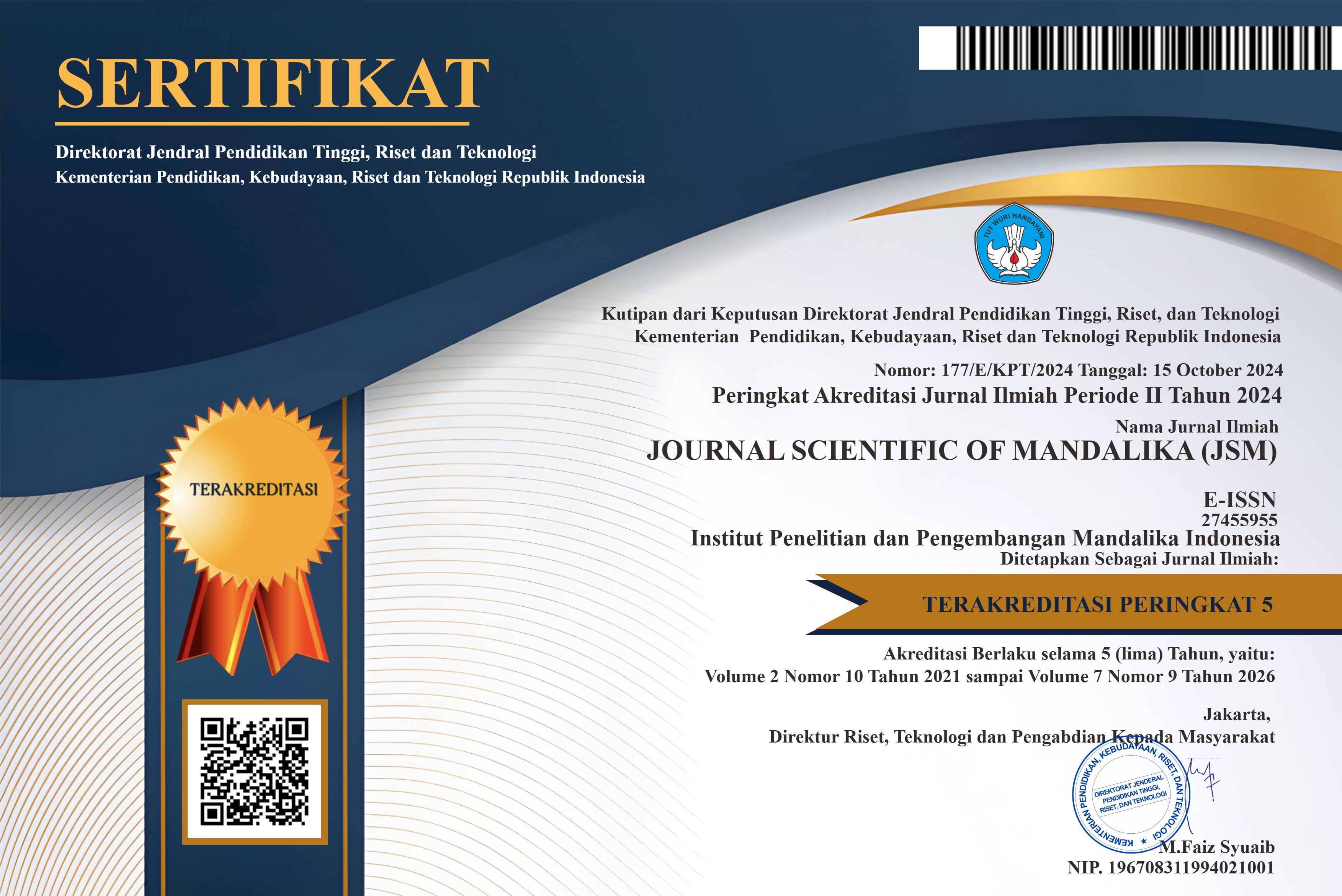EVALUASI SAMBUNGAN STRUKTUR KOLOM DENGAN BALOK AKIBAT BEBAN GEMPA SMP BHINNEKA TUNGGAL IKA PASURUAN MENGGUNAKAN METODE LOAD AND RESISTANCE FACTOR DESIGN (LRFD)
Abstract
Indonesia is one of the countries prone to earthquakes. This is proven by the frequent occurrence of earthquakes in several regions in Indonesia, one of which is the Province of East Java, which has resulted in many fatalities and damage to building structures, especially buildings with a main concrete structure. Steel is a material that is often used in the world of construction. This is because steel has various advantages when compared to other materials. Some of the advantages of steel are that it is not eaten by termites, the difference in expansion and shrinkage is small, it can be recycled and has high tensile strength, has high ductility, is more flexible, lighter and works faster when compared to concrete. Load And Resistance Factor Deisgn (LRFD) is the specification issued byAmerica Instate Of Steel Construction (AISC) for the design of steel construction, based on the resistance of the ultimate strength method (Plastic Method). LRFD provides a more specific comparison between load Q and resistance Rn. From the evaluation and calculation results, the results obtained are that the Planned Connection uses the A-325 M16 bolt type with a total of 32 bolts where the distance between the bolts is 50 mm and the distance between the bolts to the edge is 25 mm capable of withstanding large scale earthquakes, As for the Existing Connection which uses the A-325 M20 bolt type with a total of 26 bolts where the distance between the bolts is 50 mm and the distance between the bolts to the edge is 25 mm only able to withstand small scale earthquakes.
Copyright (c) 2023 JOURNAL SCIENTIFIC OF MANDALIKA (JSM) e-ISSN 2745-5955 | p-ISSN 2809-0543

This work is licensed under a Creative Commons Attribution-ShareAlike 4.0 International License.













